I’ve done a lot of research months before our family trip to Tokyo, Japan in September 2016. Being the itinerary master and navigator for the trip, I had to make sure that our days in Tokyo would be well spent. This is nothing new to me – six months in Europe for exchange trained me to not only plan and organize trips, but also navigate foreign places. However, it was also my first time to travel with my family and be the one in charge, and so I still had a lot to learn from all the misadventures we had!
With that, I am sharing with you some travel tips I find useful for your Tokyo trip:
1. Do yourself a favor and get yourself a pocket wifi.
If you’re staying in an Airbnb (and hopefully near Shibuya or Shinjuku,) most likely it would have a pocket wifi you can bring around. We stayed in an Airbnb near Shibuya during our trip and it had a pocket wifi we can use, but since we’re a group of five and we knew we wouldn’t be together in one place all the time, we got one more pocket wifi to rent.
We rented a pocket wifi from Softbank before even leaving Narita airport. We paid about ¥8000 for an 8-day rental (for a group of five, that’s just ¥1600 per person!) We didn’t make any prior reservations and just got one on the spot. There are other options for pocket wifi, which can be found here.
2. Have tons of luggage? Do not take the cheapest route from Narita airport to the city.
I like traveling cheap as much as possible. That works when I’m traveling alone or traveling with friends – not when I’m traveling with my family. I didn’t know that then, and so I made my family go through a very hassle commute from Narita airport to the city. It was cheap – only about ¥1400 per person, but we had 3 transfers, which was problematic because we had a lot of luggage.
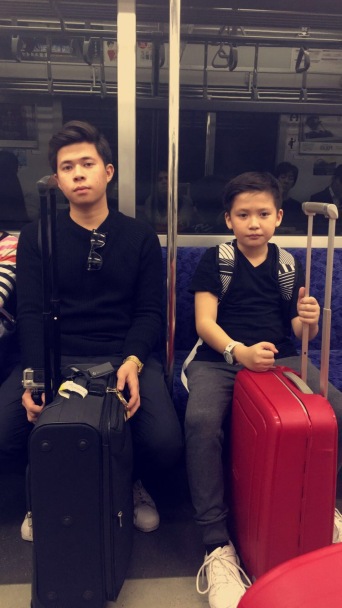
We barely slept, and were all slightly disoriented. At one point, the doors of the train closed before my dad and 9-year-old brother were able to hop off – imagine if it was only my youngest brother that was left on the train! Lesson learned: you have to pay attention to the doors of the train – they are very quick to close at some stations!
I mentioned we had two pocket wifis, right? Well, at that time one was with me, and the other was with my mom. (Life hack: one of your wifis should always be with the youngest member of your group so that if you ever lose them, you’ll still be able to communicate!) We stayed where we are, and thought of what Dad would do and waited. Minutes later, we see them on the train back. Whew.
If you’re traveling with your family and a ton of luggage, please spare yourself and your parents a headache and take the more convenient routes. Taking the JR Narita Express straight to Tokyo Station (no transfers!) would cost you around ¥3000. You can also take the limousine bus for roughly the same price.
3. Get this offline City Rail Map app.
I’m not gonna lie: the Tokyo metro can be intimidating. I mean, just look at it:
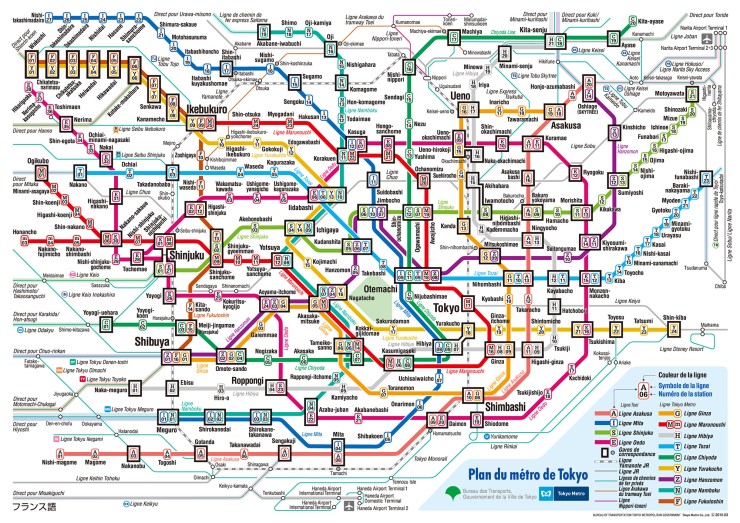
One thing you have to know, though, is how it will be your best friend getting around the city. The trains come and go as scheduled, and they come frequently. So, the only thing you have to do is know your routes. You’ll save yourself some precious time in Tokyo trying to figure out how to get from point A to point B if you do your research ahead of time and get an app that would help you navigate.
Get the City Rail Map app on your phone – it really comes in handy when trying to navigate the city by metro especially because it works offline. You can download rail maps of other cities, too! But if you do have internet connection (and I hope you do,) Google Maps won’t fail you either! What’s amusing with Google Maps is it will even show you how much it would cost you to get to wherever you’re going.
4. Get yourself a Pasmo card.
Get yourself a Pasmo card so you won’t have to keep buying tickets all the time when riding the metro – that means more time for you to wander around! The card costs ¥500, and is rechargeable. I’ve read that you can also use it in some convenience stores. You can return them at the end of your trip and get the ¥500 back, but why would you do that when you can keep it as a souvenir and even use it when you go back to Tokyo?
5. Beware: Shinjuku Station is a freaking labyrinth.
According to Guinness World Records, Shinjuku station is the busiest station in the world, with an average of 3.64 million passengers per day passing through the station. It’s so busy and confusing, it got its own navigation app (which you can’t get as of now if you’re not based in Japan – boo.)
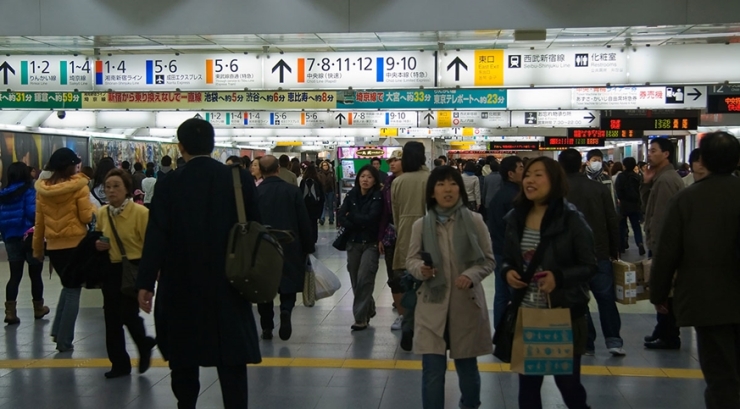
I’ve been to Shinjuku Station a bunch of times during our trip, and for some reason I get lost every single time – even with internet connection! It’s just so complex! Most lines go through Shinjuku station, that’s why it gets confusing. The station houses multiple platforms, is multileveled and interwoven with malls and yup, you can waste minutes going up and down the stairs getting absolutely nowhere. It happened to me twice. There’s this part that just screws you over: it’s the group of stairs facing each other that you need to pass through when you’re going to the Keio New Line (one of the many lines that go through Shinjuku station, and arguably the most confusing one to get to.) God.
I can’t help you here – I just wanted to give you a heads up on how Shinjuku Station is a freaking labyrinth.
6. Explore one district at a time.
My main reference when I was planning our itinerary was japan-guide.com. You’d want to explore one district per day ideally, so your metro rides would be minimized. Also, make your itinerary flexible – most likely it won’t be followed on the dot – especially when you didn’t really consult with the people you’re going with when you were making the itinerary. Lesson learned: Talk to them! Know their interests and priorities, and keep them in mind while making the itinerary. For example, my parents and brothers are foodies who love to shop, and so we spent our first day having a delicious brunch at Tsukiji market and then shopping til we drop at Ginza and then later that night, in Shinjuku.
I’ve plotted down points of interests per district (color coded based on eat, see, do, shop) on Google maps for your reference! Below is a map of the points of interests in Central Tokyo. Click on a pin to know more about it!
I’ll most likely finish plotting down points of interest for the rest of the districts in the coming weeks, along with notes and the nearest station for each point of interest! If you want exclusive access to that, simply subscribe and I’m gonna send it right to your e-mail!
7. Eat grocery food.
The food is great in Tokyo – even the takeaway sushi trays from the grocery! Since we were staying in an Airbnb equipped with a kitchen, and mom didn’t know how to not be a mom, our first order of business upon arriving was doing the groceries.
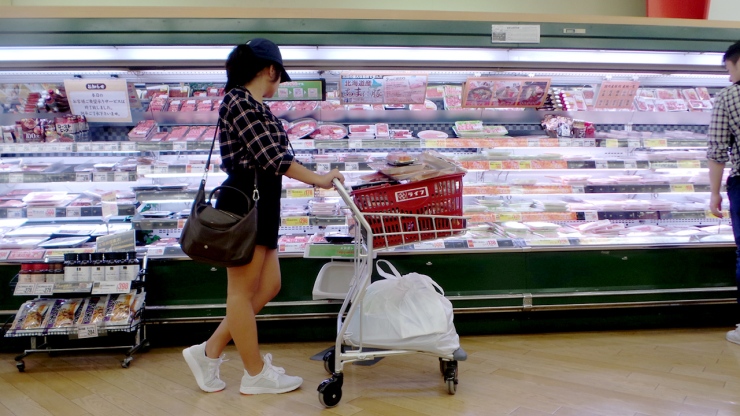
We spent ¥14000 for our first grocery run. That’s super cheap considering we’re a family of five. It lasted us about three breakfasts and one dinner – water, bread, sushi trays for dinner that night, beef strips, tofu, and cold cuts were some of the items we bought.
We would eat breakfast at home before heading out, and then have a great lunch out. Lunch is cheaper than dinner in restaurants! Of course, we’d grab snacks or street food while roaming around. When my parents are too tired and want to call it a night early, we’d cook our own dinner, too.
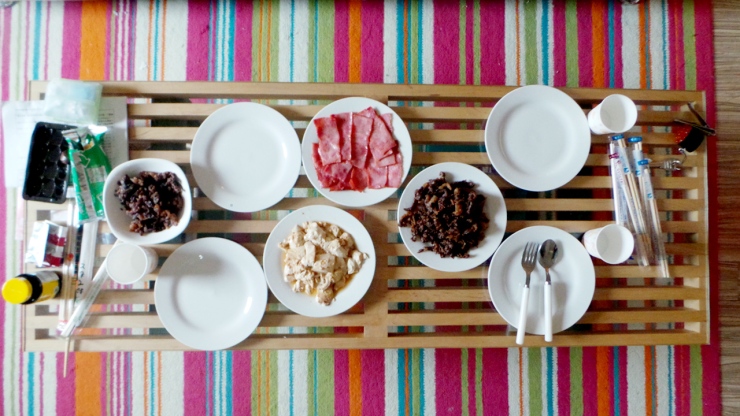
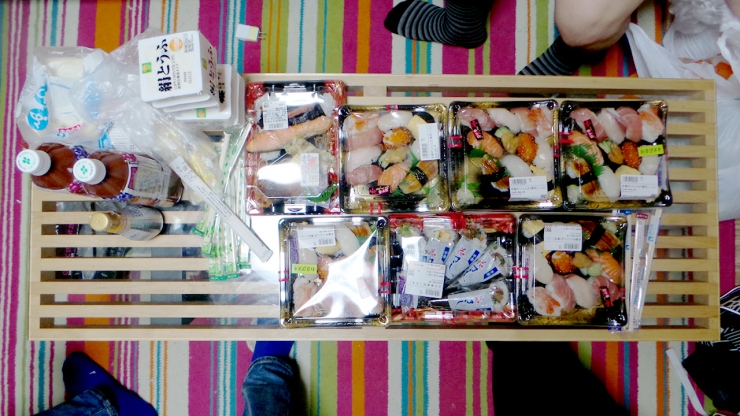
Takeaway sushi trays from the supermarket would cost around ¥600-¥800. The same set in a restaurant in Tsukiji Market would cost ¥3000. Make sure to try both, so you’ll know the difference!
8. Have others take your photo.
Now this is something I learned back when I was in Europe for exchange: if you want other people to take your photo, offer to take theirs. It works every single time.
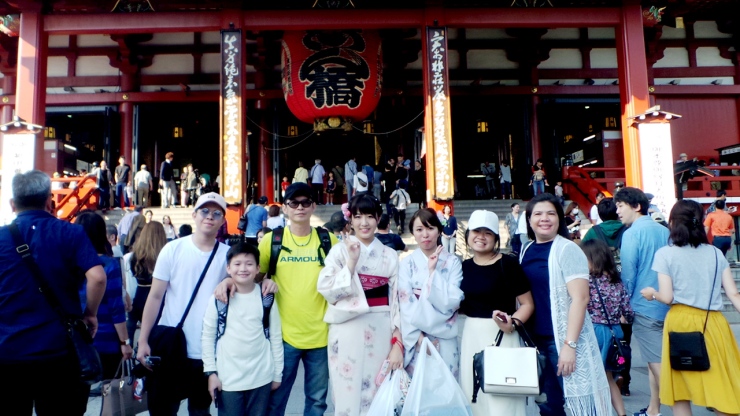
What I would do is look for people struggling to take a selfie, and then politely ask if they’d want me to take their photo for them instead. Most likely, they’d say yes. If you’re lucky, they’d offer to take your photo right away. If they don’t, you can always politely ask them in return. It’s a win-win situation!
9. A note on the Japanese way
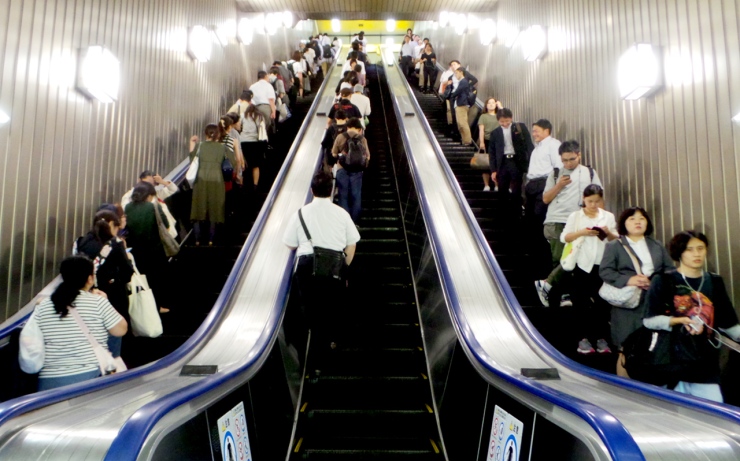
Remember: when walking, keep left at all times; on escalators, stand on the left, pass on the right; tipping is not necessary and is considered rude; being loud in public places is rude; eating in the train is inconsiderate; segregating trash is necessary; and you can’t just smoke anywhere.
–
Have questions or perhaps tips you want to share? Leave a comment and I’d gladly reply!


Great!
LikeLike
Thank you!
LikeLike
Great tips, pocket wifi is everywhere, but better from the airport, easy to return. Ask map for subway it is complicated…
LikeLike
That is true! We got our pocket wifi from the airport and returned it at the airport, too! Very convenient. 🙂
LikeLiked by 1 person
Indeed, anyway I’m Max, Nice to meet u…
http://www.poshpackerteam.wordpress.com
LikeLike
For some reason, WordPress won’t let me leave a “Like” on your post so I’ve left this comment as a Like instead. Consider it Liked!
LikeLike